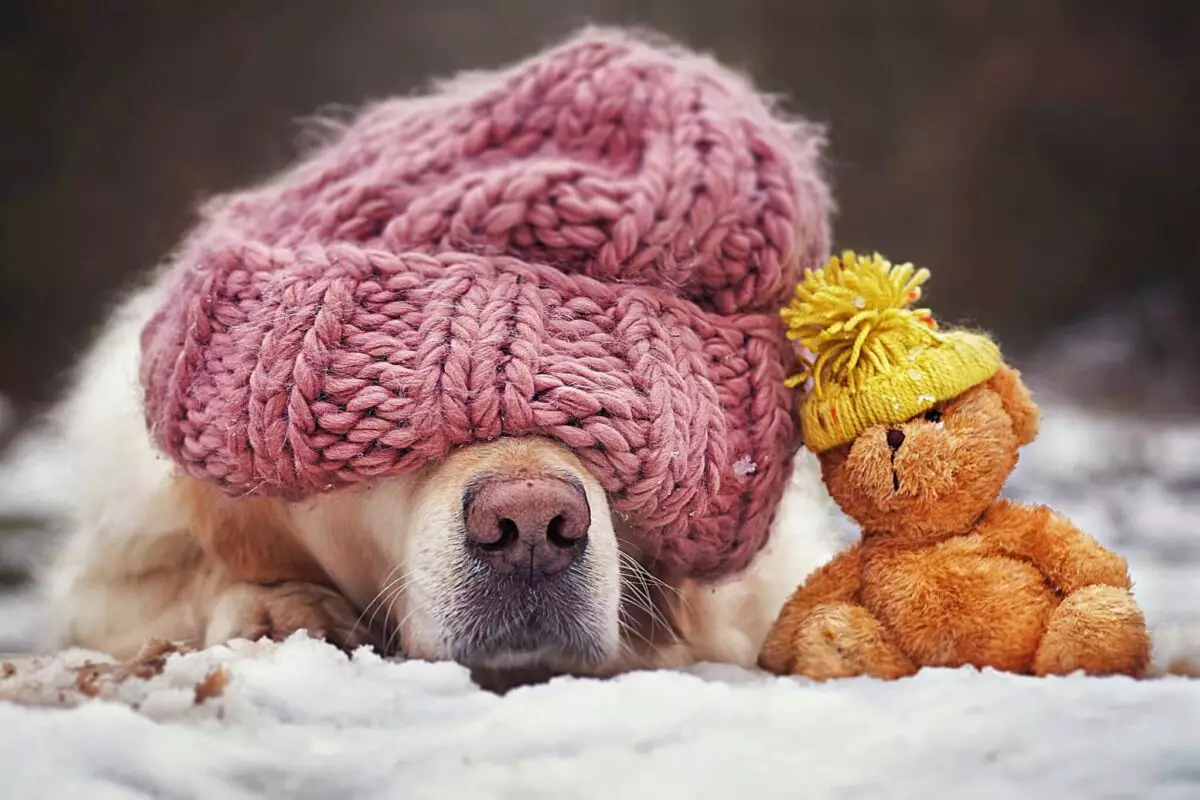As the temperatures drop and winter arrives, pet owners often find themselves focusing on the needs of their beloved senior dogs. Just as older humans can feel the chill more acutely, senior dogs experience temperature changes in ways that can affect their health and well-being. This article highlights effective strategies to ensure comfort and support for your senior dog during the harsh winter months while emphasizing the unique challenges faced by aging canines.
Senior dogs often have a heightened sensitivity to cold weather. Factors such as a slower metabolism, loss of muscle mass, and chronic health conditions, such as arthritis, can make them particularly vulnerable to low temperatures. As winter sets in, it’s crucial to pay attention to their behavior for any signs of discomfort or cold stress. Recognizing that your furry friend may require extra help during this time can prompt important changes to their care routine.
The first and most vital step in protecting your senior dog from winter’s chill is to ensure they stay warm. A thoughtfully chosen dog sweater or coat can be an excellent investment. Look for one that fits snugly but comfortably, covering essential areas like the chest and abdomen, to help retain body heat. Beyond outerwear, consider creating a cozy sleeping environment. An orthopedic bed can offer essential support for aching joints, while positioning it in a draft-free zone can further enhance your dog’s comfort.
Cold weather is notorious for exacerbating joint pain, particularly in older dogs prone to arthritis. As responsible pet owners, we must prioritize joint health during the winter months. Supplements containing glucosamine and omega-3 fatty acids can provide support, helping to mitigate inflammation and maintaining mobility. Moreover, regular, gentle exercises—such as light play indoors—will keep their joints active without overexerting them. Don’t neglect to incorporate massages; they can stimulate circulation and alleviate discomfort in stiff joints, helping your dog feel more agile.
Protect Those Paws
Winter poses many threats to your dog’s paws, from ice and snow to harmful de-icing chemicals on roads and pathways. To prevent painful injuries, different approaches can be taken. Dog booties can act as a protective barrier, providing insulation against the frigid ground and safeguarding their delicate pads. If your dog is unaccustomed to wearing booties, patience is key; introduce them slowly to ensure comfort and adaptability.
Understanding the importance of paw care also includes regular inspections after walks. Check for ice that may have accumulated between their toes and look for signs of any irritation. Applying a non-toxic paw balm before and after outdoor activities can help prevent cracking or dryness, making winter walks more enjoyable for both you and your canine companion.
A senior dog’s dietary requirements can shift as they age, and the colder months may require additional adjustments. It’s essential to consider switching to a high-quality senior dog food, which offers the necessary nutrients to maintain their health. These diets often have increased antioxidants, aiding their immune systems amidst potential seasonal illnesses.
Additionally, monitoring their weight is critical, particularly with reduced activity levels during winter. Excess weight not only strains their joints further but can lead to other health complications. To keep your dog hydrated, provide constant access to fresh water, as indoor heating can lead to dehydration. Including wet food in their meals can help boost their fluid intake.
Regular Veterinary Exams Are Essential
Winter is also an opportune time to schedule a veterinary check-up for your senior dog. Regular health assessments are crucial for spotting and addressing age-related issues before they escalate. Communicate any winter-related concerns—like changes in mobility or appetite—so your veterinarian can offer tailored advice. Staying updated on vaccinations and parasite preventatives is equally important, as certain pests can survive indoors during winter.
Interaction and mental stimulation are essential for your senior dog’s overall well-being. On cold days when walks are limited, engage your dog with interactive toys or training sessions. Activities such as gentle indoor play or puzzles can stimulate their minds and keep their spirits high while ensuring they remain physically active.
Paying attention to your senior dog’s unique preferences and needs during winter can make a significant difference in their quality of life. Implementing careful winter care—focusing on warmth, joint health, paw protection, diet management, and regular veterinary visits—ensures your furry friend remains comfortable and cherished during the colder months. With thoughtful attention and love, you can help your senior dog thrive even in the season’s harshest conditions.


Leave a Reply